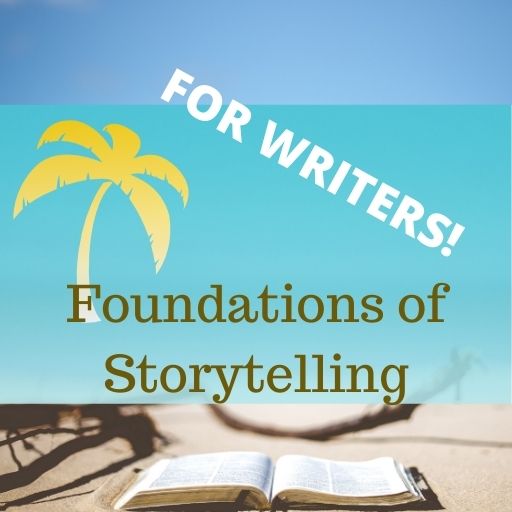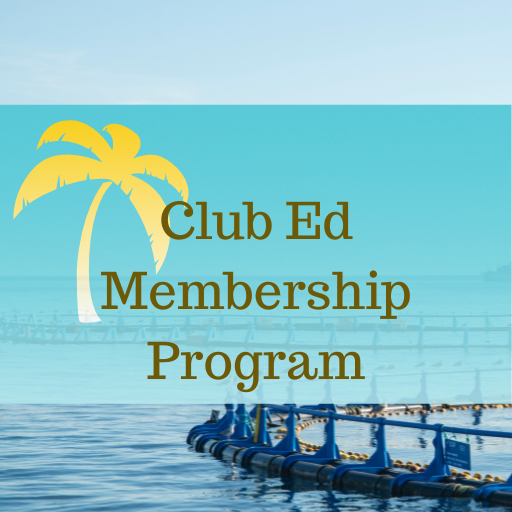Novels Aren’t Movies – Book Editing for Dramatic Omniscience
Omniscience for writers.
Writers sometimes understand omniscience only as it is shown in television and movies, which is dramatic omniscience. It is not narrative omniscience. Dramatic omniscience really, really sucks when applied to narrative.
That’s because dramatic omniscience lingers on the surface of things. It cannot penetrate below the surface unless some clunky device like a voiceover is used. It must, by its nature, focus on what the characters are doing and saying, on what their reactions look like.

Dramatic Omniscience vs Narrative Omniscience
Narrative omniscience allows the author to go below this surface, to play with text, to create an interplay between words, narrator, and character, to widen our psychic distance from the character or dive deep into their heart. Narrative omniscience can do things dramatic omniscience can only dream about.
But sometimes novelists end up using this dramatic omniscience where they are the awkward camera recording the story world without, it seems, even being aware they’re using words to do it. They seem to think they are filming a movie:
Natalie, a tall blonde about thirty years old, looked out the window. The storm clouds were piling up and the palm trees were starting to bend and creak in the wind. She moved to her bed where her suitcase was open and started piling clothes in it. She was nervous, so she moved quickly. She closed the suitcase and grabbed her shoulder bag and checked to make sure her keys were there. She held them in her hands. They were. She grabbed her suitcase and ran for the door. Little did she know that she’d left her insulin behind, the kit sitting on the vanity in the bathroom where she had forgotten to pack it.
You can see the screenplay, can’t you?
FADE IN
INT. BEDROOM: Natalie, a tall blonde about thirty years old, looks out the window.
EXT. SKY AND TREES: The storm clouds are piling up and the palm trees are starting to bend and creak in the wind.
INT. BEDROOM: Natalie moves to her bed where her suitcase is open and starts piling clothes in it. She looks nervous, and moves quickly. She closes the suitcase and grabs her shoulder bag and checks to make sure her keys were there.
CLOSE UP: Keys in the palm of Natalie’s hand.
INT. BEDROOM: Natalie grabs her suitcase and runs for the door.
INT. BATHROOM. Sound of DOOR SLAMMING.
ZOOM IN: on the insulin kit sitting on the vanity in the bathroom
In a movie, there’s an actor to give life to the actions, a musical score to emphasize the drama of what’s happening, and brilliant pictures that show us exactly what’s going on. But as a narrative, where’s the spark?
Related Reads
-
Fire Bad Clients
I often encourage freelance editors to work with corporate clients, such as book publishers and packagers, in order to provide a more stable workflow and better-paying work. Indie authors may be great fun to work with, but one author typically won’t come to you ten or fifteen times a year with more work, the way…
-
What Makes an Expert Editor?
Doing something for a long time does not equal expertise. I’ve been singing in the shower for years, but you would not want my tips on training your vocal cords. For years I cut my daughter’s bangs. But you don’t want me touching your hair. Experience versus Expertise I’ve met a lot of freelancers over…
-
Protecting Your Boundaries with Clients
Along with teaching at Club Ed, I freelance as an editor for publishing companies. And this time of year always comes with a crunch of deadlines as companies try to wrap up projects before the end of the year. And it reminds me of the perennial problem of keeping boundaries as a freelancer. I wanted…
-
Learning How to Edit
I’m learning how to speak Spanish, and sometimes I get discouraged because it takes a while. (This is not unlike learning any important skill). One of the most helpful bits of perspective-taking I do is to consider whether I encounter the same problems when speaking in English. For example, people often interrupt me to finish…
-
Plant the Seeds: A Marketing Analogy
I’m here in Málaga, Spain celebrating Thanksgiving, which isn’t a holiday here. But my daughter and I are celebrating anyway because for us this has always been a day for reflecting on what we’re thankful for. And this year? We’re thankful to be basking in the Spanish sunshine. Moving here took years of planning and…
-
Protecting Your Personal Values
The other day I was reading about a controversy inspired by the CEO of Salesforce. It was the usual “I once supported the values of the former president but now I support the values of the current president” kind of nonsense that owners and executives of large companies often (always?) spout in order to make…
Join the Club!
New to story editing? Begin at the beginning.



